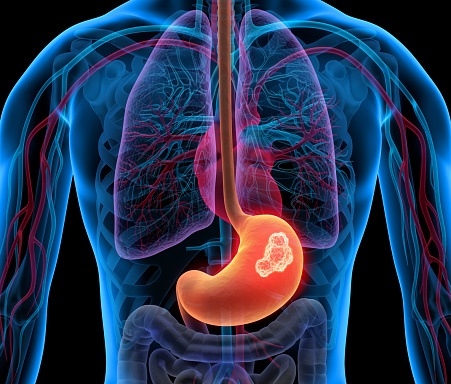
The KEYNOTE-859 study investigated the potential benefits of first-line pembrolizumab plus chemotherapy for patients with HER2-negative gastric or gastroesophageal junction (GEJ) cancer. The trial found that the combination therapy led to improved overall survival (OS), progression-free survival (PFS), and objective response rate (ORR) compared with placebo.
A recent analysis from Sun Young Rha, MD, and colleagues presented at the 2024 American Society of Clinical Oncology Annual Meeting characterized the data from 11 months of follow-up from the KEYNOTE-859 trial.
The primary end point of the analysis was OS, and secondary end points included PFS and ORR. Of the 1579 participants, 790 received pembrolizumab plus chemotherapy, while 789 received placebo plus chemotherapy. Researchers noted that the median follow-up period was 41.6 months.
In the pembrolizumab plus chemotherapy cohort, median OS was 12.9 months (95% CI, 11.9-14.0), median PFS was 6.9 months (95% CI, 6.3-7.2), and ORR was 51.0%. For the placebo plus chemotherapy cohort, median OS was 11.5 months (95% CI, 10.6-12.1), median PFS was 5.6 months (95% CI, 5.5-5.7), and ORR was 42.0%.
Of the patients with a PD-L1 combined positive score (CPS) ≥1 who received pembrolizumab plus chemotherapy, median OS was 13.0 months (95% CI, 11.6-14.2), median PFS was 6.9 months (95% CI, 6.0-7.2), and ORR was 51.8%. For those with a PD-L1 CPS ≥1 who received placebo plus chemotherapy, median OS was 11.4 months (95% CI, 10.5-12.0), median PFS was 5.6 months (95% CI, 5.4-5.7), and ORR was 42.6%.
“With a median follow-up of 41.6 months, use of pembrolizumab plus chemotherapy continued to show improved OS, PFS, and ORR versus placebo plus chemotherapy, regardless of PD-L1 expression. These results continue to support pembrolizumab plus chemotherapy as a first-line treatment option for patients with locally advanced or metastatic HER2-negative gastric or GEJ adenocarcinoma.”

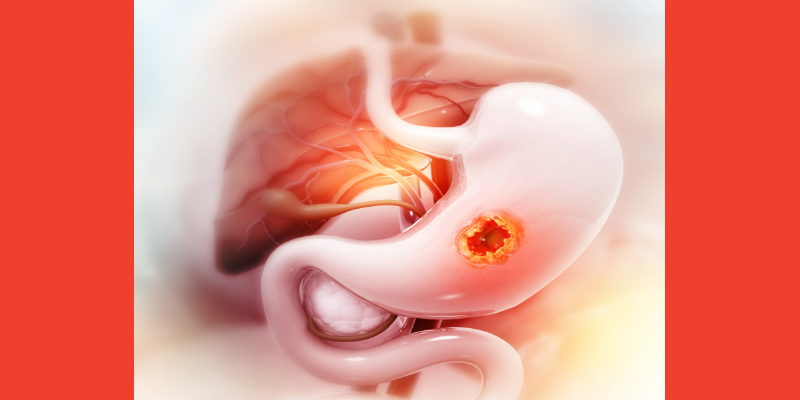
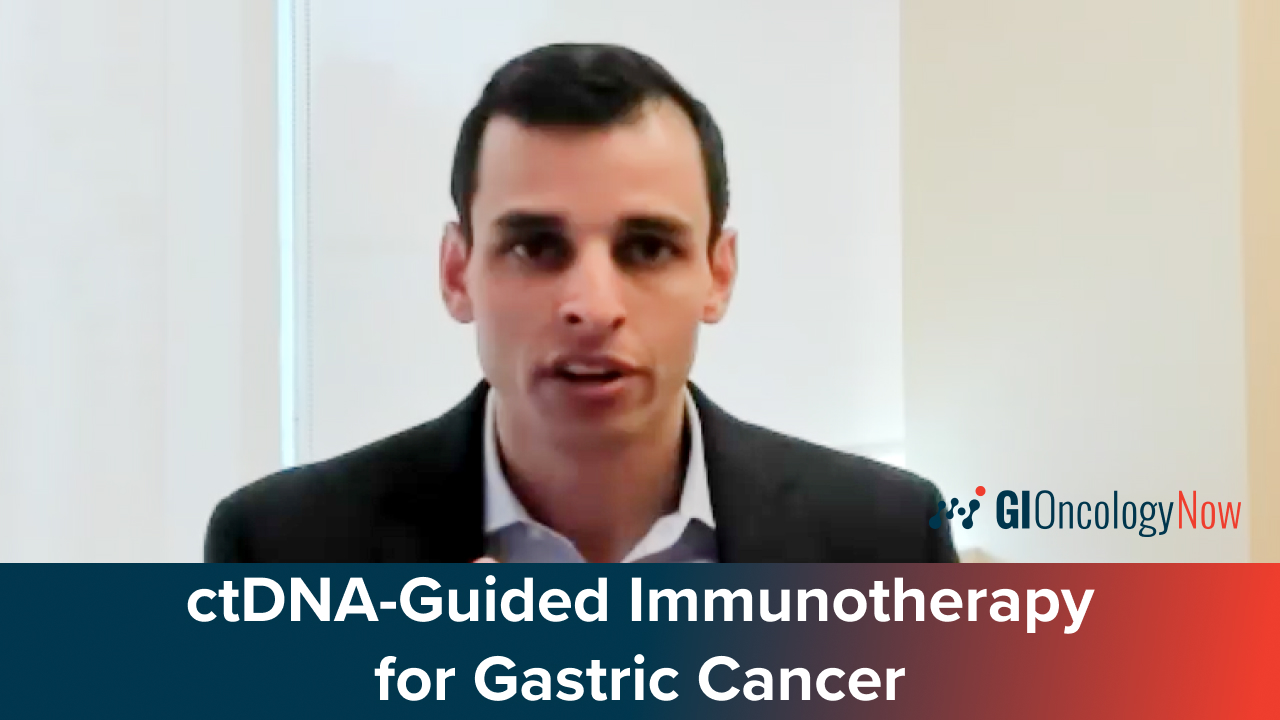
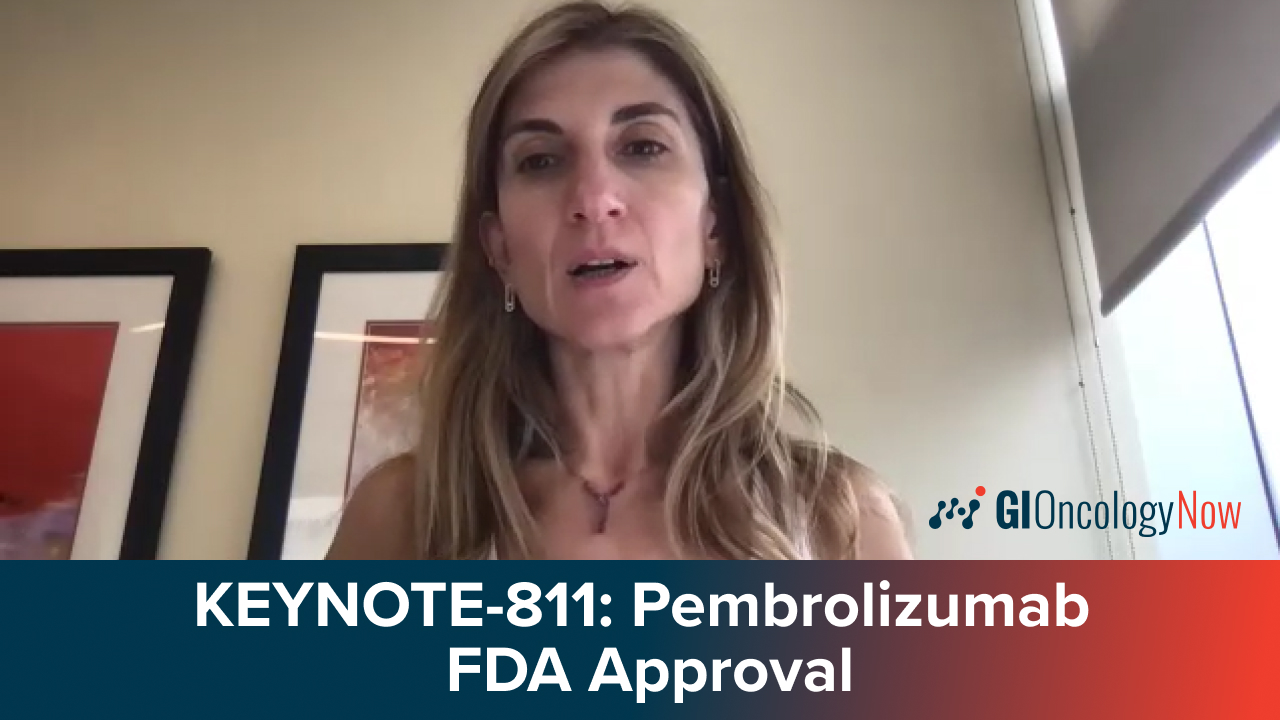
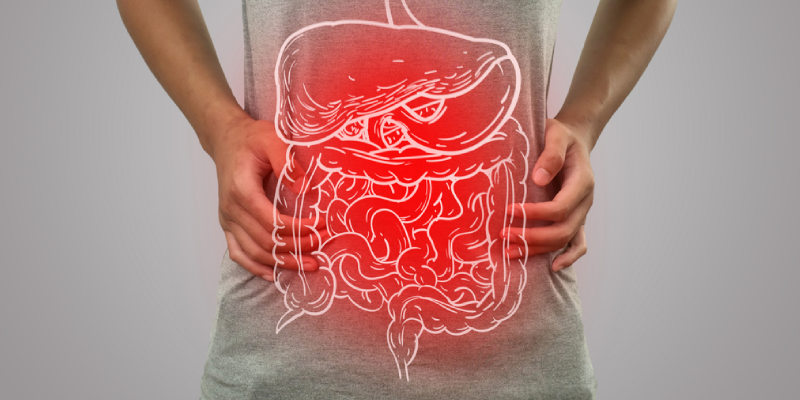
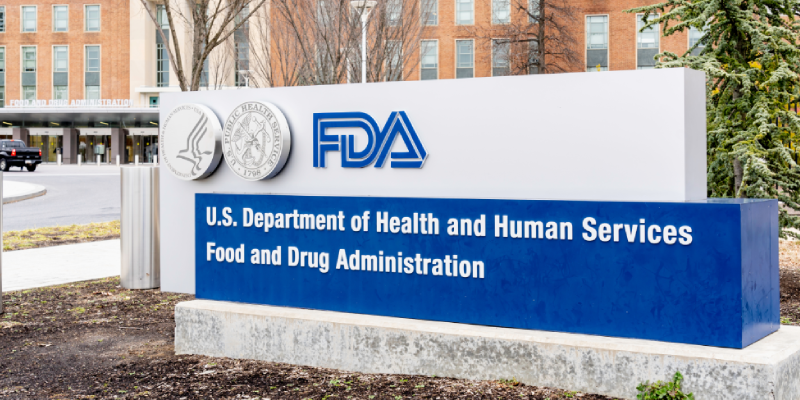

 © 2025 Mashup Media, LLC, a Formedics Property. All Rights Reserved.
© 2025 Mashup Media, LLC, a Formedics Property. All Rights Reserved.